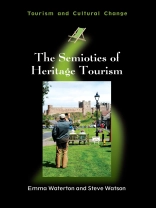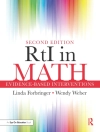This book is a fast-paced and thorough re-evaluation of what heritage tourism means to the people who experience it. It draws on contemporary thinking in human geography and heritage studies, and applies it to a sector of tourism that is both pervasive yet poorly researched in terms of the perspective of tourists themselves. In a series of lucid and tightly argued chapters, it traces the use of semiotics as an analytical tool from its theoretical origins in text, through the all-important dynamics of visuality into an expanded realm of feeling and sensuality. Challenging assumptions about the way that heritage is experienced, this book uses examples from around the world to explore the semiotic landscape that surrounds heritage sites, linking what is represented about the past and how it feels to be there.
Daftar Isi
List of Figures
Acknowledgments
1. An Introduction
2. Advancing Theory
3. Signing the Past
4. Marketing the Past
5. Remembering
6. Living with the Past
7. Conclusion
References
Index
Tentang Penulis
Steve Watson is Principal Lecturer in Tourism at York St John University in the UK. His research is focused on the ways in which heritage is constructed and understood in tourism and the way that tourism acts as a vector for various social and cultural meanings. He has published widely in the field of heritage tourism and recent co-edited books include The Cultural Moment in Tourism (2012, with Laurajane Smith and Emma Waterton) and Heritage and Tourism: Place, Encounter, Engagement (2012, with Robyn Bushell and Russell Staiff).












